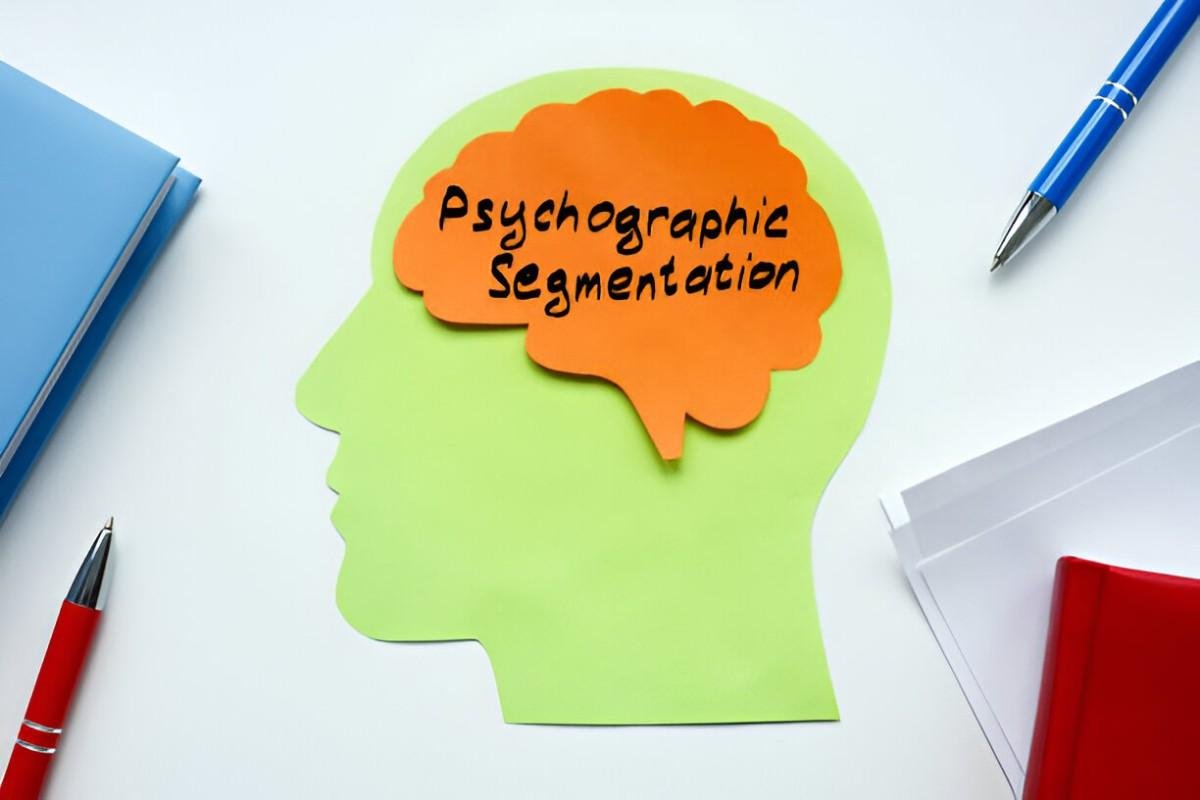As someone deeply immersed in the finance and accounting fields, I’ve always been fascinated by how data-driven strategies can transform decision-making. One such strategy, psychographic segmentation, has proven to be a game-changer not just in marketing but also in education and learning environments. In this article, I’ll explore the power of psychographic segmentation, its relevance in understanding audiences, and how it can be applied to enhance learning outcomes. I’ll also provide practical examples, mathematical expressions, and tables to illustrate key concepts.
Table of Contents
What Is Psychographic Segmentation?
Psychographic segmentation is a method of dividing a population into groups based on psychological traits, such as values, attitudes, interests, lifestyles, and personalities. Unlike demographic segmentation, which focuses on age, gender, or income, psychographic segmentation delves deeper into the “why” behind people’s behaviors.
For example, in finance, understanding why someone prefers saving over investing can help tailor financial advice. Similarly, in education, knowing why a student prefers visual learning over auditory learning can improve teaching strategies.
Why Psychographic Segmentation Matters in Learning
In the US, the education sector faces challenges like diverse learning needs, varying engagement levels, and socioeconomic disparities. Psychographic segmentation helps address these challenges by providing insights into learners’ motivations and preferences.
Consider two students: one values practical, hands-on learning, while the other thrives in theoretical, abstract environments. A one-size-fits-all approach would fail both. By segmenting learners based on psychographics, educators can design personalized learning experiences that resonate with each group.
The Mathematics of Psychographic Segmentation
To understand psychographic segmentation quantitatively, let’s explore a simple model. Suppose we want to segment learners based on their learning preferences and engagement levels. We can use clustering algorithms, such as k-means, to group learners into distinct segments.
The k-means algorithm minimizes the within-cluster sum of squares (WCSS), which is defined as:
Here, k is the number of clusters, C_i represents the i^{th} cluster, x is a data point, and \mu_i is the centroid of the i^{th} cluster.
Let’s say we have data on 100 learners, with variables like “preference for visual learning” (scaled 1-10) and “engagement level” (scaled 1-10). Applying k-means clustering, we might identify three segments:
- Visual Learners with High Engagement
- Auditory Learners with Moderate Engagement
- Kinesthetic Learners with Low Engagement
This segmentation allows educators to tailor content delivery methods for each group.
Applying Psychographic Segmentation in Practice
Step 1: Data Collection
The first step is gathering data on learners’ psychographic traits. Surveys, interviews, and behavioral analytics are common methods. For instance, a survey might ask learners to rate their agreement with statements like:
- “I prefer learning through videos and diagrams.”
- “I enjoy solving real-world problems.”
- “I feel motivated when I receive immediate feedback.”
Step 2: Data Analysis
Once data is collected, it’s analyzed to identify patterns. Tools like SPSS, R, or Python can be used for statistical analysis. For example, factor analysis can help reduce dimensionality by grouping correlated variables into factors.
Suppose we identify two key factors:
- Visual vs. Auditory Preference
- Engagement Level
These factors can be plotted on a scatter plot to visualize clusters.
Step 3: Segment Creation
Using clustering algorithms, we create segments. Let’s revisit our earlier example with three segments. Table 1 summarizes their characteristics.
Table 1: Learner Segments Based on Psychographics
| Segment | Visual Preference (1-10) | Engagement Level (1-10) | Preferred Learning Method |
|---|---|---|---|
| Visual Learners with High Engagement | 9 | 8 | Videos, Infographics |
| Auditory Learners with Moderate Engagement | 4 | 6 | Podcasts, Lectures |
| Kinesthetic Learners with Low Engagement | 3 | 4 | Hands-on Activities |
Step 4: Strategy Development
With segments defined, educators can develop targeted strategies. For example:
- Visual Learners: Use infographics and video tutorials.
- Auditory Learners: Incorporate podcasts and group discussions.
- Kinesthetic Learners: Focus on interactive labs and simulations.
Case Study: Psychographic Segmentation in Financial Education
Let’s apply this framework to financial education, a field I’m passionate about. Suppose a financial institution wants to educate its clients on investment strategies.
Step 1: Data Collection
The institution surveys clients on their financial attitudes, risk tolerance, and learning preferences.
Step 2: Data Analysis
The data reveals three segments:
- Risk-Averse Learners: Prefer safe, low-return investments.
- Balanced Learners: Seek a mix of risk and return.
- Risk-Seeking Learners: Willing to take high risks for high returns.
Step 3: Strategy Development
The institution tailors its educational content:
- Risk-Averse Learners: Focus on bonds and fixed deposits.
- Balanced Learners: Introduce mutual funds and ETFs.
- Risk-Seeking Learners: Highlight stocks and cryptocurrencies.
This approach ensures clients receive relevant, actionable advice.
The Role of Socioeconomic Factors
In the US, socioeconomic factors like income, education level, and geographic location influence psychographic traits. For instance, a high-income individual might prioritize long-term wealth accumulation, while a low-income individual might focus on short-term financial stability.
Understanding these nuances is crucial for effective segmentation. For example, a financial education program for low-income families might emphasize budgeting and debt management, while a program for high-income families might focus on estate planning and tax optimization.
Challenges and Limitations
While psychographic segmentation is powerful, it’s not without challenges.
- Data Privacy: Collecting psychographic data raises privacy concerns. Institutions must ensure compliance with regulations like GDPR and CCPA.
- Complexity: Analyzing psychographic data requires advanced tools and expertise.
- Dynamic Traits: Psychographic traits can change over time, requiring regular updates.
Despite these challenges, the benefits outweigh the drawbacks when implemented thoughtfully.
Future Trends
As technology advances, psychographic segmentation will become more sophisticated. Machine learning and AI will enable real-time segmentation and personalized recommendations. For example, adaptive learning platforms can adjust content based on learners’ evolving preferences.
Moreover, the integration of psychographic data with other data types, such as behavioral and demographic data, will provide a holistic view of learners.
Conclusion
Psychographic segmentation is a powerful tool for understanding audiences in learning environments. By delving into the “why” behind behaviors, educators and institutions can design personalized, impactful learning experiences. Whether in finance, education, or other fields, psychographic segmentation offers a pathway to deeper engagement and better outcomes.





